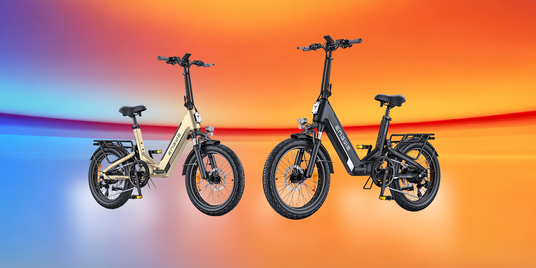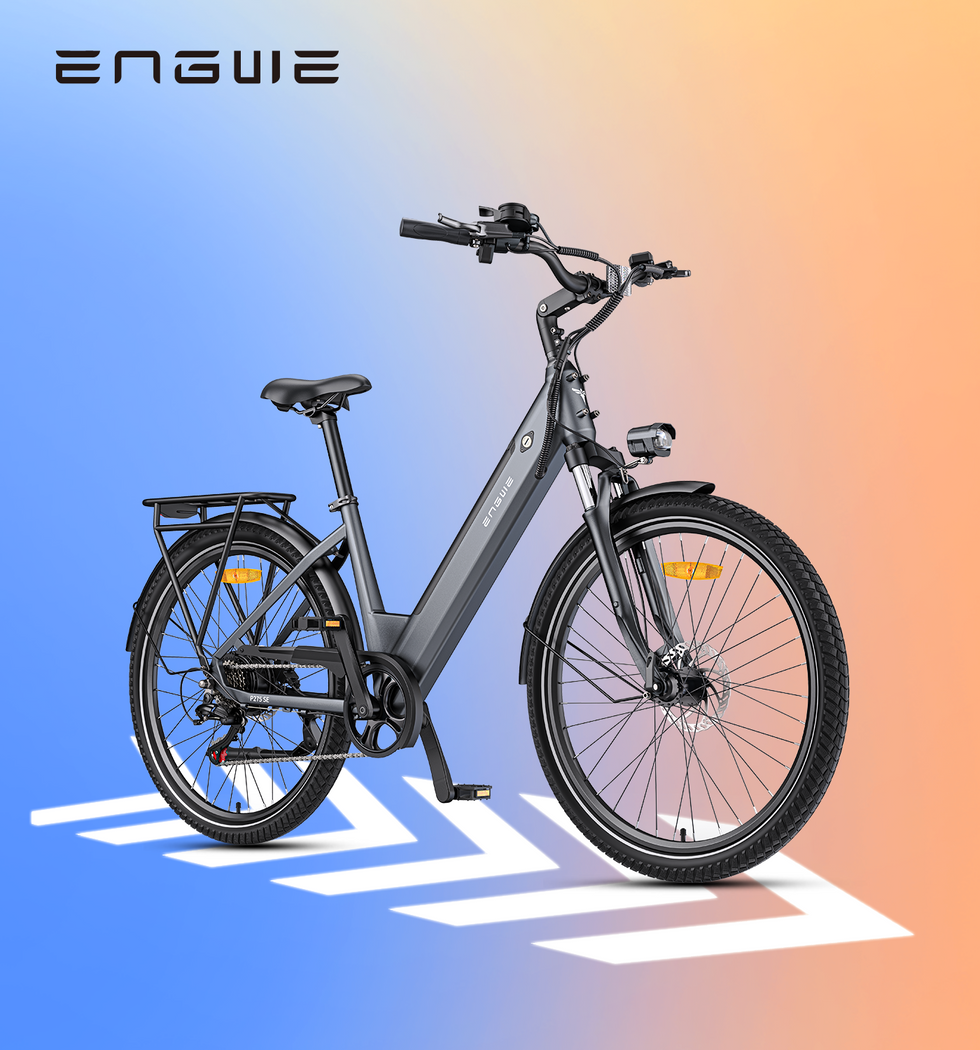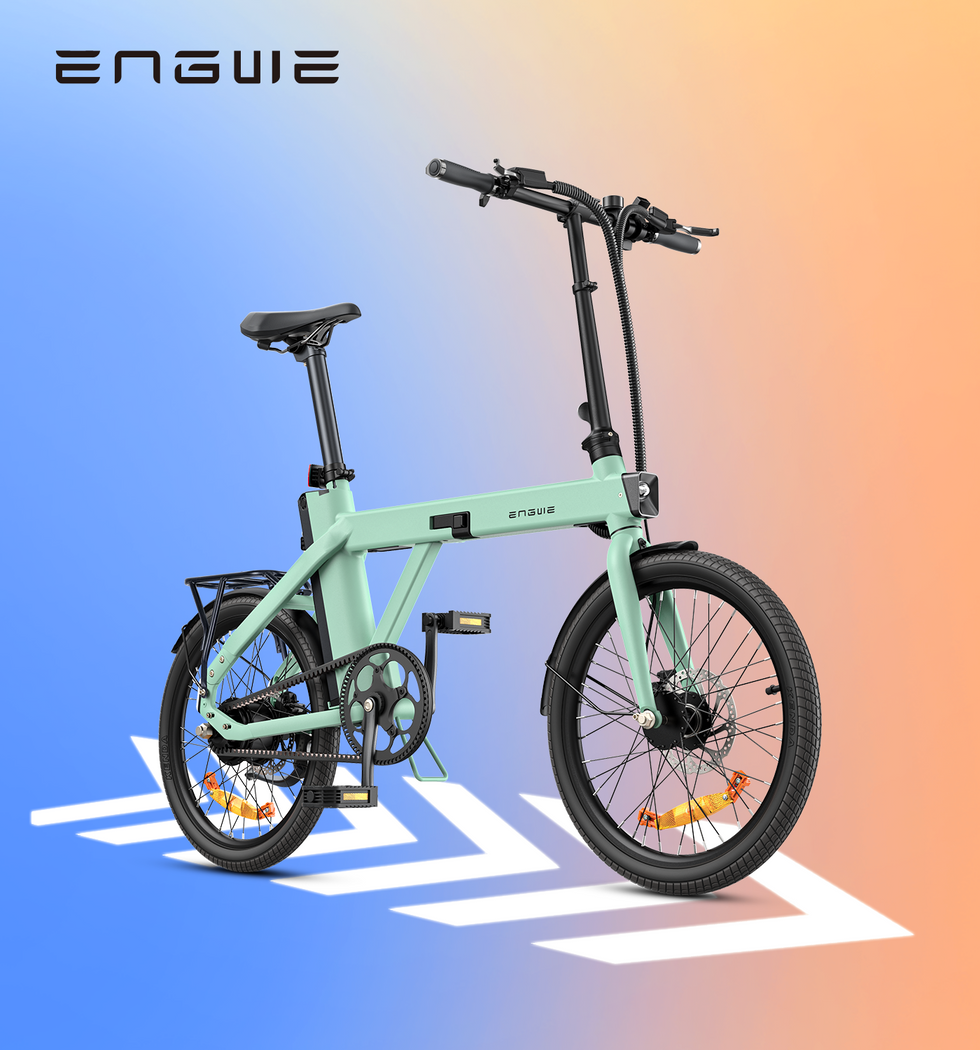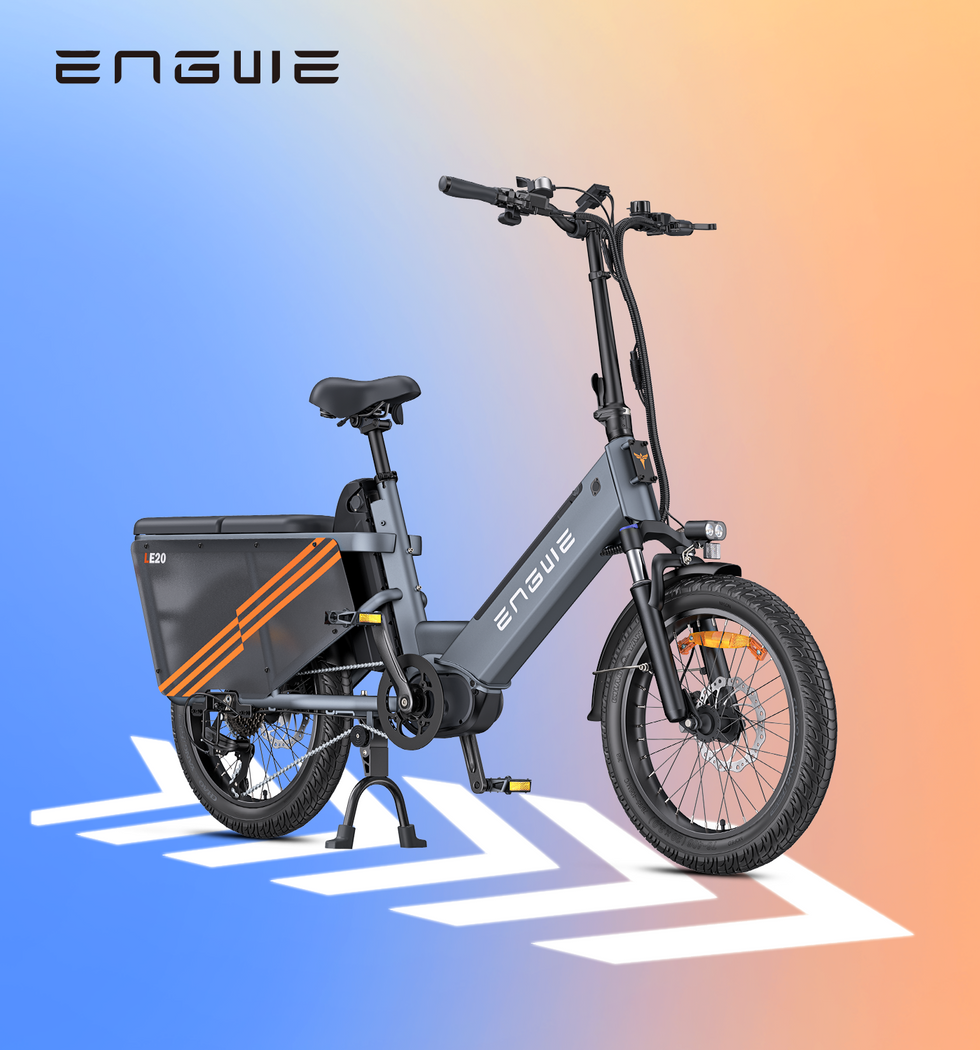Now think of a bicycle that gives in to no terrain. A machine that floats across sand, takes muddy trails in its stride and glides over the cobbles of a town centre. This is not the stuff of dreams, but that of the fat tyre electric mountain bike. These bikes have surged in popularity, and for good reason. They are a hybrid of rugged capability, electric-powered convenience and go-anywhere freedom. If you’re in the market for such an electric bike, then you’re probably not just looking for another new means of transport; you’re looking for a tool to unlock an array of new adventures, to conquer tough commutes, and to see the great outdoors in a way that a regular bike just can’t provide. It's important to note that this guide is here to separate the wheat from the chaff, providing aspiring riders with the "meat" of what's important when it comes to understanding, selecting and pulling the trigger on what is some of the most awesome rocket-machinery on the planet.
The All-Terrain Advantage: Fat Tyres
The most blatantly apparent feature of a fat tyre electric mountain bike is its most appealing aspect: the tyre. At four inches or fatter, the chunky tyres are the cornerstone of the bike’s adaptability. While the narrow tyres of a road bike, or even ‘normal’ tyres on a standard mountain bike, might be ruined at just a few psi below pressure, there’s a lot more flex built into fat tyres. This simple truth means you have more rubber in contact with the ground and that produces three massive improvements. First is unparalleled traction. On soft surfaces – like gravel, sand, even snow – where other bikes would slip and bog down, a fat tyre bike claws its way forward and carries on. Second is stability. A stable and confidence-inspiring feeling that taps beginners on the back and experienced riders out of their armchairs—both are appreciated when dealing with tight and technical terrain, especially on two wheels. Last, but perhaps most shocking of all, is comfort. The big volume of air in the tyres provides a form of suspension and as a result, you're shielded from some of the bumps and vibrations that would otherwise be transmitted to you – it's a comfortable and fatigue-reducing way to ride.
The Electric Heart: Motor, Battery, and Brakes
The “electric” half of the name, naturally, is what really makes the experience. A built-in electric motor gives you a boost while you pedal, making hills seem flatter and long distances feel shorter. The most important elements to understand are the motor, the battery and the control system. Motors are usually rated in watts (W), and in the UK the legal limit for road use is a constant 250W output. Equally as important is torque, which is measured in Newton metres (Nm) and is responsible for how powerfully the bike can accelerate and climb hills. More torque equals more powerful assistance when you need it most. Your fuel tank is the battery. Its storage capacity, measured in Amp-hours (Ah) and Volts (V), sets your range. Search for detachable batteries because they allow you to charge them indoors and also provide more security. Lastly, powerful bikes call for powerful brakes. With the added weight and speed, it’s a given that hydraulic or mechanical disc brakes are a “must-have” and provide reliable braking in all weather.

The Empowering Experience
Riding a fat tyre electric mountain bike is, however, empowering. That initial moment when you're staring up a steep, gravelly hill and you'd usually dismount but instead you ignore all that noise from your legs and feel the motor's gentle push to get you to the top, is a game-changer. It's not about off-loading the effort; it's about taking more on, so you can go further, see more, and conquer things you never thought possible. The weight of the bike, frequently feared by beginners, has more sensation of an anchor than of a burden, giving us the necessary sweet solidity on downhills with obstacles. In the city or for general commuting, this means riding through potholes, over kerbs and on unpredictable road surfaces without any fear. For the weekend warrior, it opens up the trail, beach, or woods.
Model Spotlight: ENGWE EP-2 Boost
And if we are talking about a particular model that perfectly combines all of these traits in an interesting package, there is no way we could not mention the ENGWE EP-2 Boost. The brilliance of the bike is seen when you start riding it - what matters is practical power and go-wherever versatility, and that has to be practical to use. Similar options exist from BikeSurgence, Blix Bike and more. It’s propelled by a strong and EU-manufactured 250W brushless motor, but the real star of the show is the smart Boost mode that releases a powerful 55 Nm of torque at the touch of a button, taking the pain out of steep climbs. This power is supplied incredibly smoothly by the latest version of our torque-based power sensor, which links our new electronics system to an intuitive motor response for a ride that delivers power in a smooth and controlled manner that is a natural extension of yourself. This 48V 13Ah detachable battery is capable of providing a range of up to 120km in the most conservative power-assist mode, ensuring range anxiety can be a thing of the past for those epic rides, unless it’s to the moon and back. It's built with fat tyres measuring 20 x 4.0 inches mounted on durable one-piece wheels, meaning a stronger, more robust and better-performing wheel as opposed to spoked wheels. Security is a priority, and the powerful 180mm mechanical disc brakes front and rear do their job, while a bright lighting system keeps riders visible. Arguably the most clever aspect of it is its compact, foldable frame – meaning that it's not just a trail-killer, but can also be turned into a portable friend you can stash in the boot of your car, or in the hall at home. The ENGWE EP-2 Boost isn’t just an electric bike but is designed as an urban and adventure tool, ensuring the range will be more than sufficient for most users.

| Feature | Specification |
|---|---|
| Motor | 250W Brushless Motor |
| Max Torque | 55 Nm (Boost Mode) |
| Battery | 48V 13Ah Detachable |
| Max Range | Up to 120 km |
| Tyres | 20 x 4.0 inches |
| Brakes | 180mm Mechanical Disc Brakes (Front & Rear) |
| Frame | Foldable |

Practical Considerations and FAQs
There are some logistical concerns to consider before you make up your mind, though. In the UK, a fat tyre electric mountain bike is classified as an 'electrically assisted pedal cycle' (EAPC) provided the motor power does not exceed 250W and assistance cuts off at 25 km/h (15.5mph). If it has all of these features, you do not need a licence or insurance and you can ride it anywhere an ordinary bicycle is allowed. On the maintenance front, the basic principles are the same as with a traditional bicycle: keep the chain clean and lubricated, and take a look at your brake pads for wear. For fire roads, it would be a good idea to get a good quality pressure gauge as minute differences in pressure can have a big effect on the feel of the ride and will depend on the type of terrain you are covering. Finally, consider your primary use. If you do a lot of car travel to your trailhead, or you’re short on space at home, go with a collapsible model. If you’re going to do touring over long distances, the most important aspects are battery range and good front suspension.
Why are fat tyre electric bikes hard to pedal without help?
To an extent, yes – they are significantly harder to pedal with no assist than a standard bicycle. It really comes down to two things: weight and rolling resistance. All of this makes these bikes heavier: the motor, the battery, the beefier frame. And the big, soft tyres that grip so well and make for such a comfortable ride also mean there’s more friction, or rolling resistance, between the tyres and the ground. But, nice modern styling and decent components (like a smooth Shimano gear system) can counteract that somewhat. You’re best off thinking of unassisted mode as a reserve for when the battery runs out (or for a flat stretch, as we discovered on one ride), not as the default way of riding. At the heart of the experience, pedal assist is the name of the game.
How much effort is needed to keep the fatty tyres going and are they puncture-prone?
Fat tyre upkeep is not that dissimilar from normal bike tyres; there's just one vital distinction: pressure. Soft terrain like sand will require low pressure (for a bigger footprint), and hard tarmac will require higher pressure (for less rolling resistance). Digital pressure gauges are a necessity. Because they have a larger surface area, they may appear more vulnerable to punctures, when in fact they are often not. The thick, tough rubber and the ability to run low psi means in most situations they can roll over sharp objects that would puncture a high-pressure road tyre. Add tyre sealant to the inner tubes for even more peace of mind – the sealant can, in some instances, seal small punctures as they happen.
Is it lawfully permissible for me to ride my fat bike on roads and trails in the UK?
Yes, if it complies with the EAPC regulations. The basic rules are that the motor’s maximum continuous power is limited to 250 watts and that the electrical assistance must cut out when the bike reaches 15.5 mph (25 km/h). The motor should be triggered through pedalling and not a throttle that activates without pedalling. If your bike meets these requirements, the law treats it as a “regular” bike. You can use it on roads, cycle paths and bridleways. Ensure that any bike you buy is legal for UK use – some from overseas sellers have stronger motors or throttles that are not legal for public roads unless you register and insure them.
What is the real-world range achievable on a full charge?
The stated range – "up to 120 km" for example – tends to be an ideal figure achieved under the right conditions: a light rider on a flat route with no wind, using the lowest level of pedal assist. The real-world range, which depends on a few factors, is pretty much always less. This includes your weight and that of any extra baggage, how hilly your route is, how much power assistance you are deploying, your tyre pressure, and even the outside temperature. You can generally expect to get 60–80% of the advertised maximum range under mixed, everyday riding conditions. To get maximum range, use the lowest assist levels whenever you can, keep your tyre pressure up, and pedal smoothly.
Is a foldable fat tyre e-bike suitable for me?
A foldable model can be ideal for a certain kind of user. For those short on space at home or in the office, the option to fold the bike down to a much more manageable size is a real bonus. It's also suitable for those who plan to carry their bike in a car, a caravan or on public transport, giving you much more freedom to ride wherever you want without the need for a bicycle rack. The trade-off is a bit more weight and some frame flex compared to a non-folding frame, although modern designs have virtually eliminated this for the average rider. If you travel regularly and need to move the bike from place to place, a foldable option makes the most sense.



